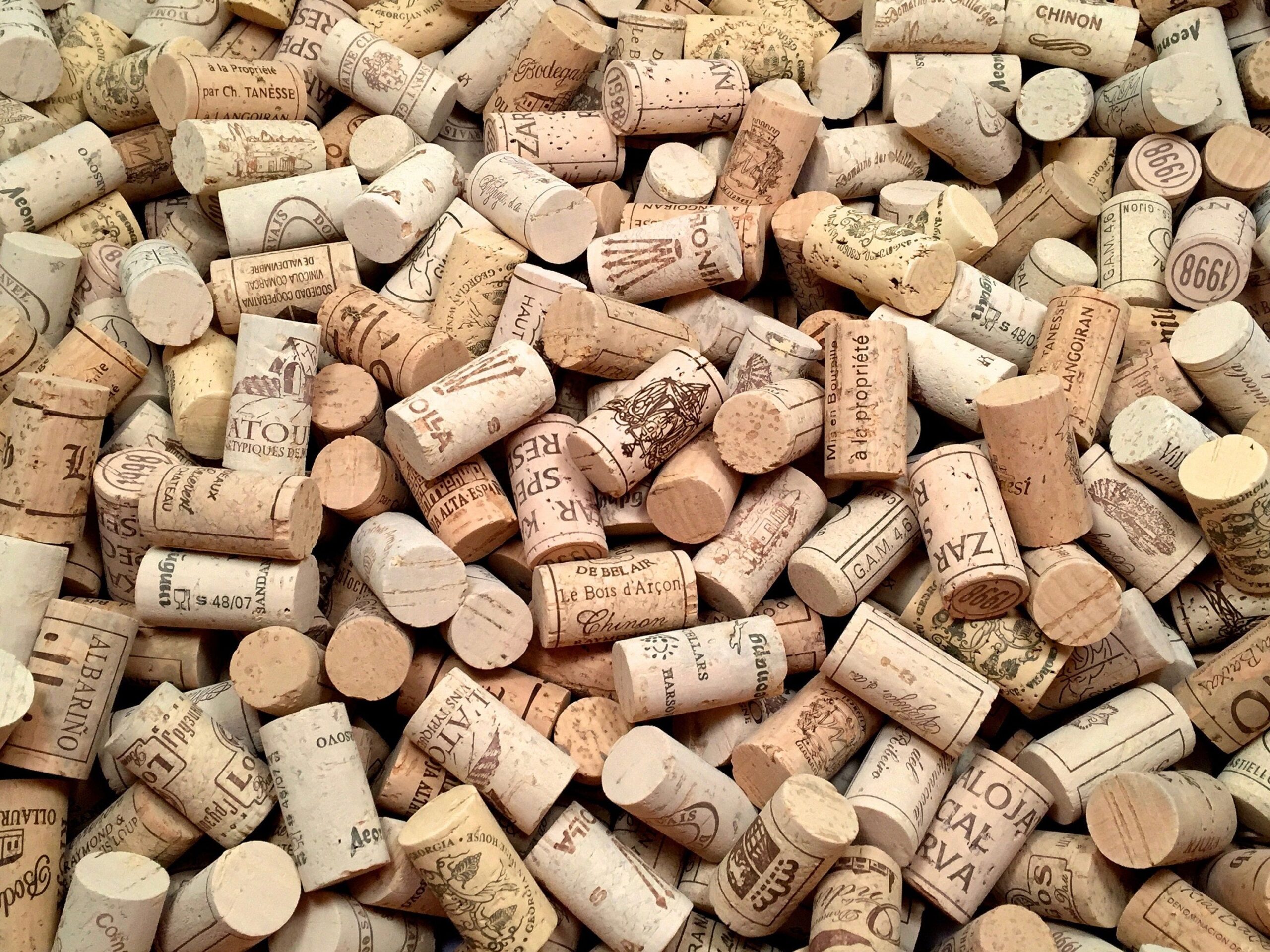When people think about wine, most of the focus goes to the bottle design, the label, or what the wine tastes like. But there’s something smaller that plays a much bigger role than most people notice—the cork. And when a winery is putting out hundreds or thousands of bottles, the kind of cork used becomes a major part of the process.
This isn’t just about popping open a bottle and hearing a satisfying sound. Corks are the one thing keeping wine safe after it’s been sealed. They decide how the wine holds up over time, whether it spoils, and even how a customer feels about the quality of what they just bought. And when wineries order corks in large amounts, those small details can either help the business run smoothly or create a lot of hidden problems.
What Makes Bulk Corks So Important
Wineries often order corks in bulk because it saves time, keeps costs lower, and helps keep production moving. That part makes sense. But the truth is, not all corks are the same. There are different types—natural corks, technical corks, synthetic ones, and screw caps—and they all behave differently when used to seal wine.
The choice of cork depends on what kind of wine is being bottled, how long it’s meant to age, and where it’s being sold. But even with bulk orders, it’s not just about picking one that fits and calling it a day. A cork has to manage oxygen, stay in place, and avoid affecting the flavor. If any of that goes wrong, the wine inside can go bad before it even reaches the shelf.
That’s why more producers are looking for better-performing bulk corks that give them consistency and control over things like oxygen exposure. Even a small change in airflow can make a huge difference in how the wine tastes six months or a year later.
Oxygen Control Isn’t Just a Technical Thing
One of the biggest jobs a cork has is deciding how much air gets into the wine after it’s bottled. Some wines actually benefit from a tiny bit of air—it helps them age in a way that improves flavor. Other wines need to be protected from oxygen completely.
If the cork lets in too much air, the wine can start to spoil. If it lets in too little, the wine might not develop the way it was meant to. So, when wineries choose bulk corks, they’re not just buying a piece of packaging—they’re buying something that changes how their product behaves over time.
That’s why there are corks now that are designed with oxygen control in mind. They’re made to release air at a predictable rate, depending on what the winemaker needs. It’s one of those details that doesn’t seem like a big deal until it goes wrong. Then it becomes a costly issue.
Quality Matters More When You Scale
Ordering in bulk brings its own set of challenges. When a winery uses thousands of corks, consistency becomes even more important. One bad cork might ruin one bottle. But a batch of bad corks could ruin hundreds.
Wineries that grow quickly or ship to wider markets often find out the hard way that cutting corners on closures leads to bigger problems later. That includes customer complaints, returns, or even having to recall a product if it goes bad after bottling.
Corks that are cheap but inconsistent can also slow down bottling lines. If they don’t fit right or crumble too easily, it messes with the flow of production. Every time a line stops, time is lost, and costs go up.
That’s why many smart producers test their corks before going big on orders. They check for issues like cork taint, oxygen variation, and fit. When bulk corks come from a reliable source and meet the right quality checks, it means fewer surprises down the line.
The Look and Feel Still Matter
Even though corks are mostly hidden until a bottle is opened, they still play a role in how people experience the product. A cork that’s hard to remove, breaks in half, or feels cheap can make the whole wine feel lower quality—even if the wine itself is great.
Some wineries use printed or custom-stamped corks because it adds a little touch that shows they care. It doesn’t have to be fancy, but it should feel like it matches the brand. When a cork slides out clean and feels solid in the hand, it creates a better experience.
That part matters just as much in bulk packaging. Even when orders are large, the small design choices still make a difference to the customer.
It’s Not Just About Wine Aging
While oxygen control and quality are the big topics, corks also impact things like storage, shipping, and shelf presentation. A poorly sealed bottle might leak during transport, damaging labels or boxes. A cork that lets in too much moisture can mess with warehouse conditions.
Good corks are made to handle the ups and downs of storage and travel. They help reduce waste and improve how the product holds up across the supply chain. For wines that end up in stores, restaurants, or even export markets, reliable corks are part of what keeps the whole system running without drama.
And because packaging is part of what retailers and distributors care about, cork choice affects more than just the bottle—it can even influence whether a product gets stocked or pushed aside.
Smart Wineries Pay Attention Early
The best time to think about corks isn’t after bottling starts. It’s before any wine even goes into the bottle. Wineries that treat closure selection as part of their planning process usually avoid problems that others run into later.
This doesn’t mean every wine needs the most expensive cork out there. It just means that the cork has to match the wine, the timeline, and the customer. Some wines are meant to be opened soon after purchase, while others are made to sit and age. The cork has to fit that purpose.
When the cork choice matches the goal, everything works better. The wine stays in good shape, bottling goes smoother, and customers get what they expected. That kind of consistency builds trust and leads to stronger long-term sales.
What to Take Away
Bulk corks might seem like a small part of wine packaging, but they hold more responsibility than people think. They affect how wine ages, how it’s stored, and how it’s received by customers. And when used in large numbers, those effects add up fast.
Cork quality, oxygen control, and consistency all shape the final product. A small issue in any of those areas can turn into a big cost. That’s why wineries that want to grow or keep their brand strong take corks seriously—especially when ordering in bulk.
In the end, the cork isn’t just something to pop. It’s something that protects the wine, supports the brand, and helps make sure every bottle lives up to what’s inside. When the right cork is used from the start, everything else just works better.


